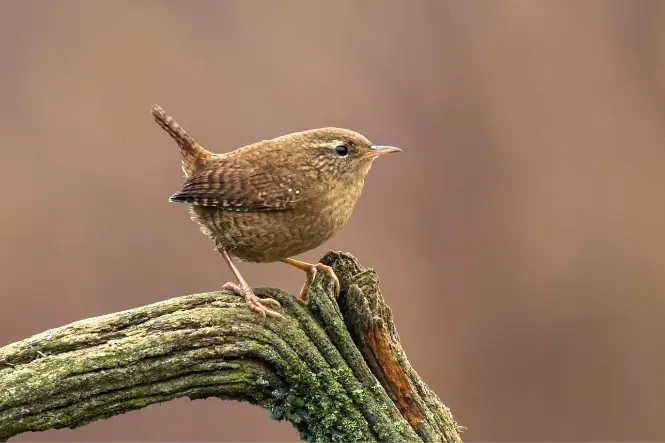The arrival of summer is a fantastic time for viewing wildlife in the garden. The skies are filled with birds many of them swifts and swallows which we only really get to see at the height of summer. Butterflies herald the start of warmer, longer days and, if you’re a butterfly enthusiast, it’s fun to see how many different species you can identify. Insects of all types will be more active and, if you’re lucky, you may even get to spot a few bats which will have a great ‘interest’ in the increase in insects.
June
With the days getting increasingly longer right up until the start of summer on June 21, you’ll notice that birds will be very active long into the evening looking for food for their young. Quite often you’ll notice them helping themselves to caterpillars and larvae to take back to their nest for their chicks then returning to the bird table or feeders to feed themselves and most birds will usually look for insects for their young at this time of year. Warblers are shy birds and are quite tricky to spot but they’ll often look for hedgerows in which to shelter as their breeding season runs from May to July. Even though you may encounter more insect pests at this time of year, it’s preferable to let nature run its course than to spray them as you will probably end up killing helpful insects as well. Instead, why not let the tits take care of this for you? They are often on the lookout for insect pests this month, in particular.
July
This is a great month for relaxing a bit more and for taking in the fruits of your wildlife gardening labours. By now, your garden should be at its most colourful and its scent will be at its richest. It’s the perfect setting for watching the intense competition for food amongst the birds now that their young have left the nest and are also in competition for food now that they are fending for themselves. In fact, it’s a good idea to keep your feeders well-stocked if you’re away on holiday or ask a friend or neighbour to do that for you. Don’t forget to keep your garden well-watered if the month’s extremely dry, hot and sunny as the wildlife relies upon water too. And with insects gorging too, it’s your best time for seeing bats which will not be too far away with all the insect activity going on.
August
Although the weather this month might be just as glorious as it was in July, if we have had a good summer, that is – nature has a way of telling us that the end of summer is not too far away so we should enjoy the last of the summer months. By the middle of the month, the swifts will have already headed off for Africa and although the martins and swallows might stick around a bit longer, their presence is more likely to be noticed on telegraph poles as opposed to the garden as they gather their flocks in preparation for their getaway too. Not all birds will be preparing to leave our shores, however, and birds that live here year round like the dunnock and the wren will still be about although they are often difficult to spot as they are timid birds, preferring to spend their time hidden in hedges. A bird bath filled with water is often a good way to tempt them out though and you may get lucky and catch one having an early morning bath.
Other Wildlife
Other creatures you’re may get to see in the summer include badger, fox, grey squirrel, hedgehog, house mouse, bat, mole, rabbit, frog, newt, toad, worm, slug, snail.

